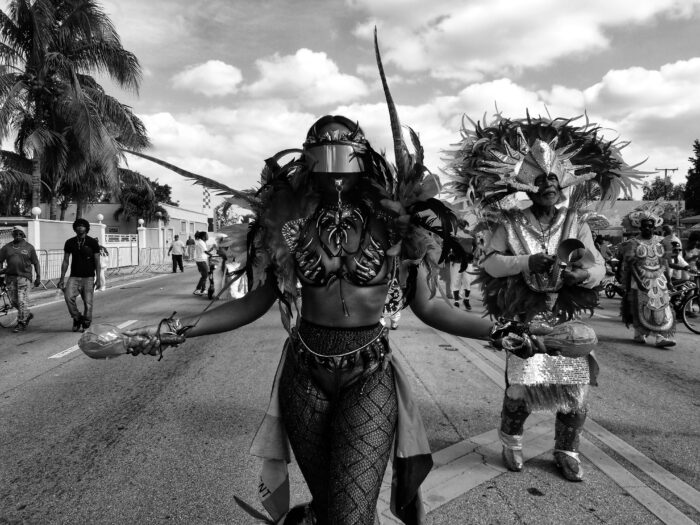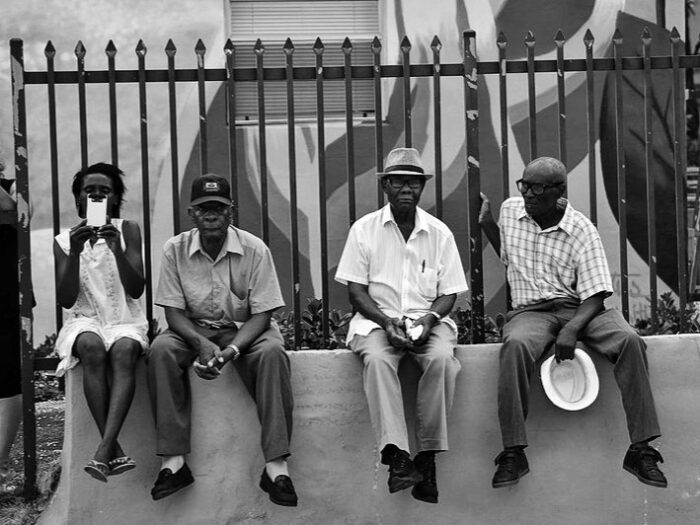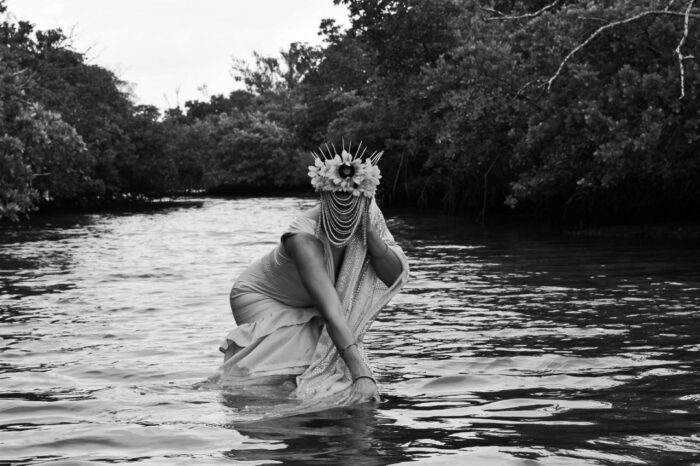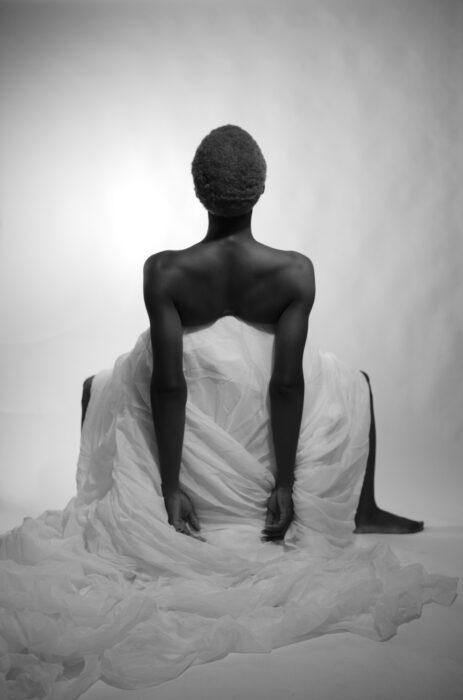
Vanessa Charlot says she found photography by chance— it was through her mother’s encouragement. When the award-winning photographer and filmmaker was 12 years-old, her mother encouraged Charlot to go to an art school outside of her Little Haiti community. Her mother bought a disposable camera from Walgreens and told Charlot to go outside and take pictures. Charlot immediately knew where to go. She knew the mom and pop shops, the guys on the corner, the Jitney riders–this was the community she had grown up with. They invited her into their homes, their businesses, to tell the authentic story of her community that had seldom been shared with such intimacy and care. Months later, she got into art school and Charlot has been telling stories through documentary photography ever since.
“I love how democratic the [photography] process can be and how community-based photography can be, particularly if you are looking to have a collaborative experience and not one of extraction and voyeurism,” said Charlot. “The medium gives me the opportunity to document people who look like me, Black, brown folks, queer folks, in a very honest way that is free of the white gaze or a patriarchal gaze and allows people to just be.”
In her decades-long career, Charlot has photographed activists in St. Louis, Missouri fighting for justice during the summer of 2020’s racial uprising at the onset of the COVID-19 pandemic, intimate portraits of Mike Brown’s grieving mother, Lesley McSpadden, and most recently, the lived experiences and legacy of Roosevelt Davenport, a former sharecropper who now owns a piece of the land where his ancestors were kept as enslaved people in the Mississippi Delta. Regardless of the subject matter, be it commercial or documentary, Charlot’s eye is imbued with a delicate intimacy–connecting the camera to the heart of the story in front of her.
Charlot’s discipline and work ethic took shape while she was away from the camera and serving in the United States Army Aviation Branch of the United States military working as and training air traffic controllers. In this time, she learned how to recognize danger quickly, which prepared her for her work covering conflict in St. Louis, Tulsa, and Washington, D.C. in 2020, as well as covering the assassination of the president of Haiti. After her military service in 2012, Charlot picked up the camera again. Now, Charlot trains war-zone correspondents for major media outlets from the additional training she received from the International Women’s Media Foundation, with a unique lens that takes into account local knowledge that journalists may have just from living or having experience in the region.
“I’m used to being in conflict,” said Charlot. “I realized very quickly that the field of journalism is becoming a lot more diverse. Before, when the trainings were being deployed, it was really done for white men in the space. But, what about if you’re a Latina woman covering conflict in Colombia? The way that safety looks for you will be different. You can lean on the fact that you speak Spanish. You know how to build relationships with the ladies that are selling fruits on the corner, you know that you have to speak to the hotel concierge because he or she has their ear to the streets because they’re from there. There’s all of these things that culturally we know. So I began to infuse that part of it.”
For Maven, six of Charlot’s pieces were presented to members of the 5th Anniversary Cohort at the completion of their program in the fall of 2022. Each piece was curated to match their personality and social impact interests. One piece, which was presented to Maven Nadege Green, was of three men and a woman sitting on a stoop in Little Haiti, watching the neighborhood.
“We understand the importance of having elders, having these eyes around because these eyes keep us safe,” said Charlot. “Nadege is studying the community, watching the community and preserving the history of the community, so I knew that would go there.”
Currently, Charlot is an Assistant Professor of Creative Multimedia at the University of Mississippi School of Journalism and New Media she is continuing her work documenting the Mississippi Delta with her Leica, which lends itself to the slow pace of the South.
“Relationships here are forged in a slow molasses kind of way,” Charlot said. “I don’t want to rush through that. But, I’m not really tied to cameras. I think it is your eye and whether or not you’re able to study a space and notice features that really can help amplify a story.”
For Charlot, the camera is a tool of power that can dictate how certain people and how communities are viewed, and she is fundamentally sensitive to the weight of her work in democratizing and decolonizing the photographic gaze.
“I look at photography as a way to leave artifacts,” said Charlot. “For people to study societies and ask themselves deeper questions, what do we want our world to look like, for ourselves? Can we reimagine something and for people to see themselves as the only people that can save themselves? The work that I do is predicated on that notion of respecting both the individual and communal ideas, that sense of liberation.”

Flutes in Ferguson

Paradise

Neighborhood Watch

New Abolitionist

Oshun

Untitled

Sheets 492

